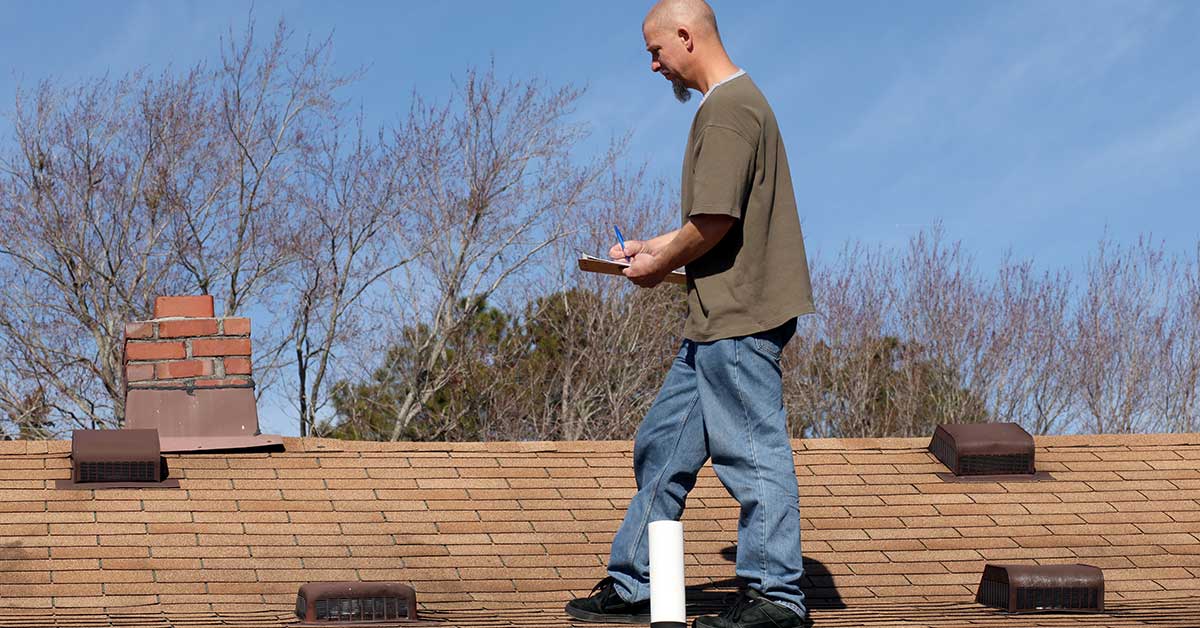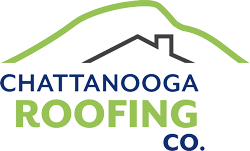
28 Nov. 22
How to Inspect Your Own Roof
Roofing work, including maintenance and replacement, is a major expense for home and business owners alike. When there are no visible leaks or cracks, most people will think that a roof is in good condition. However, when most people notice a roof leak, significant structural damage has already occurred. Instead of delaying maintenance, you should schedule routine upkeep to protect a costly asset. Admittedly, roofs are what keep the elements out of your house or business. Therefore, it is important to know how to inspect your own roof from time to time. Here is how you can do that:
How to Inspect Your Own Roof in a Few Simple Steps
As a homeowner, you should know how to examine your roof. Always begin with a stroll around the building’s perimeter. Look for cracks and separation within the roof that may show damage. More subtle problems may take longer to show themselves than more obvious damage.
Nonetheless, following a storm or other natural disaster, it may be helpful to take a trip around your home to assess the subtle changes to your roof.
Roof inspections should take place both inside and outside. Here are some pointers on conducting an interior roof inspection.
Possible Interior Leak Warning Signs
- Diminished light reflectivity in the ceiling
- Paint or wallpaper that is peeling
- Cold, damp patches near fireplaces
- Discoloration where walls meet the ceiling
- Dripping from ceiling to floor
Possible External Leak Warning Signs
- Damaged or missing shingles might be an external indicator of a roof leak. Curling, cracking, and losing their watertight integrity are all signs of age in shingles.
- The flashing around the roof’s perimeter can fail and cause leaks if it is rusted or missing.
Look for signs of rot or damage in the gutters, downspouts, including splash pans. By making timely leak repairs, you can reduce maintenance costs and ensure roof stability. Leaks, if not repaired, can result in costly structural damage and a host of additional problems, including but not limited to electrical malfunctions, mold growth, and plumbing malfunctions.
Here are Some Other Factors That Can Help You Inspect Your Roof in Detail
- Locate and clear moss, algae, and leaf piles. They are the most likely culprits for water leaks as well as damage.
- Always be on the lookout for shingles that have buckled or curled. As a result of the heat in the attic, shingles typically buckle and curve away from the house, leaving the roof and the house vulnerable to weather damage and inadequate wind resistance.
- The most common effect of roof damage is worn-out or missing shingles.
- Make sure there is no granule loss. If you notice granules falling off your shingles in large amounts, it’s a sign that they’re getting old or have been damaged by bad weather and will no longer safeguard your home from water damage.
- Check the attic of your roofing for signs of rotting wood and water damage, including deteriorated trusses.
If you cannot do a roof inspection on your own or if you have found damage to your roof, you should call the professionals at Chattanooga Roofing Company to get immediate help because fixing your roof is crucial before the winter arrives.

